June 22, 2017
Firms still paying lip service to digital transformation, but change may be coming 0
 Britain’s biggest businesses risk being disrupted by the pace of technological change because their senior leaders are paying lip service to the need for digital transformation, according to a study from tech startup AVADO. The study of senior managers responsible for the learning and development (L&D) of staff at Britain’s biggest firms with turnovers of over £100m found that the need for digital transformation is accepted, almost universally, among respondents. 86 percent say they have assessed the business risk of not taking action and 88 percent have taken steps to address this. Yet, despite 93 percent of L&D professionals saying a digital transformation strategy is in place, the report suggests critical top down buy-in is missing. Yet, a second report from recruiters Robert Half suggests that a growing number of firms in the key finance sector are now actively recruiting to improve their digital transformation strategy.
Britain’s biggest businesses risk being disrupted by the pace of technological change because their senior leaders are paying lip service to the need for digital transformation, according to a study from tech startup AVADO. The study of senior managers responsible for the learning and development (L&D) of staff at Britain’s biggest firms with turnovers of over £100m found that the need for digital transformation is accepted, almost universally, among respondents. 86 percent say they have assessed the business risk of not taking action and 88 percent have taken steps to address this. Yet, despite 93 percent of L&D professionals saying a digital transformation strategy is in place, the report suggests critical top down buy-in is missing. Yet, a second report from recruiters Robert Half suggests that a growing number of firms in the key finance sector are now actively recruiting to improve their digital transformation strategy.






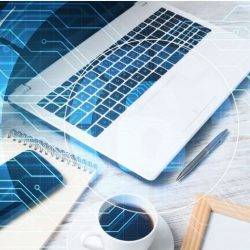
 Most FMs would tell you that the state of the workplace toilets is often one of the main determinants by occupants on how well the facilities department is doing its job. So it’s disturbing to learn that according to a new survey a significant number of employees have cause to complain about the state of their workplace toilet facilities. The research, carried out by the Association of Plumbing & Heating Contractors claims that 16.5 percent of people are unhappy at work due to the condition of their employer’s toilets which is having a negative impact on their levels of engagement. Their research found 43.8 percent of the people surveyed felt their workplace toilets needed to be better maintained. And when asked if their workplace toilets require updating or refurbishing, 44.4 percent said they did. London seemingly has the worst workplace toilets with 50.9 percent of workers surveyed believing they need to be better maintained and require refurbishing.
Most FMs would tell you that the state of the workplace toilets is often one of the main determinants by occupants on how well the facilities department is doing its job. So it’s disturbing to learn that according to a new survey a significant number of employees have cause to complain about the state of their workplace toilet facilities. The research, carried out by the Association of Plumbing & Heating Contractors claims that 16.5 percent of people are unhappy at work due to the condition of their employer’s toilets which is having a negative impact on their levels of engagement. Their research found 43.8 percent of the people surveyed felt their workplace toilets needed to be better maintained. And when asked if their workplace toilets require updating or refurbishing, 44.4 percent said they did. London seemingly has the worst workplace toilets with 50.9 percent of workers surveyed believing they need to be better maintained and require refurbishing.

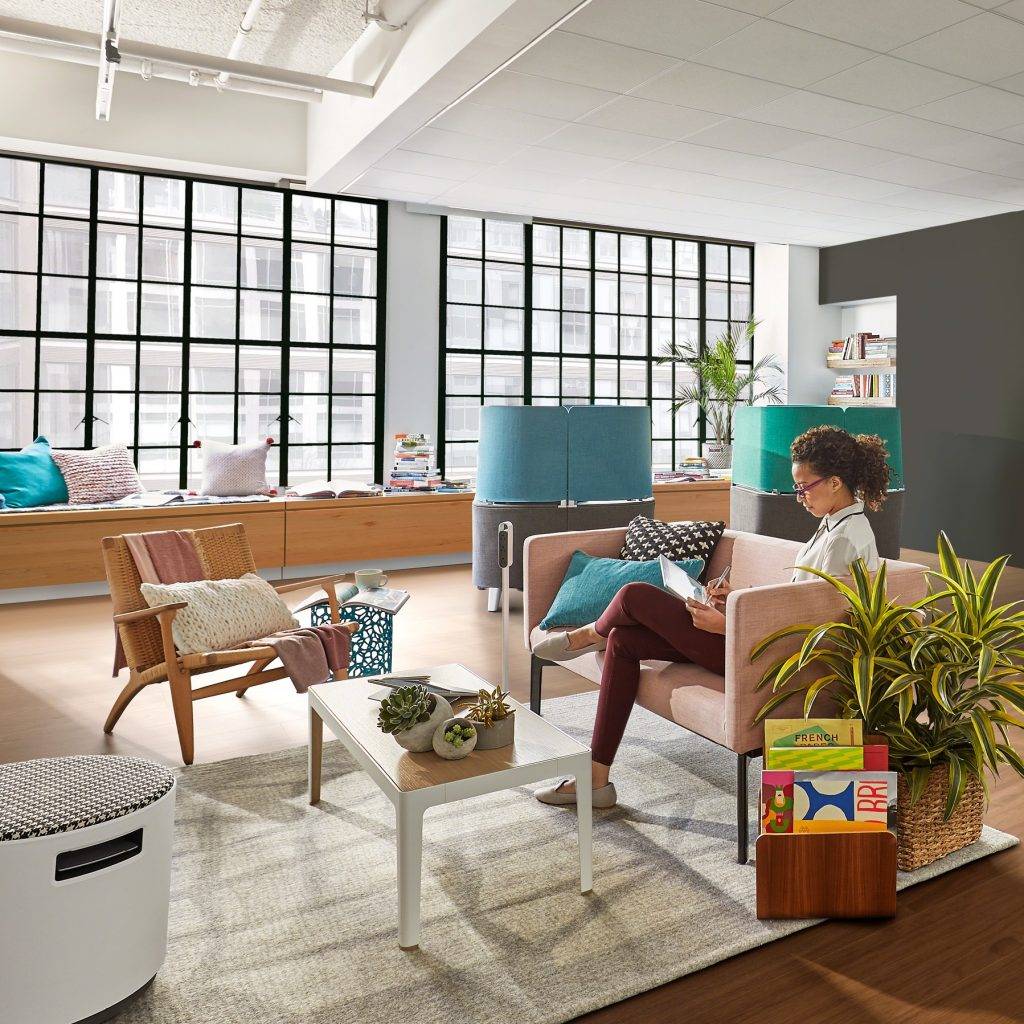
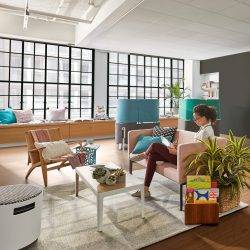
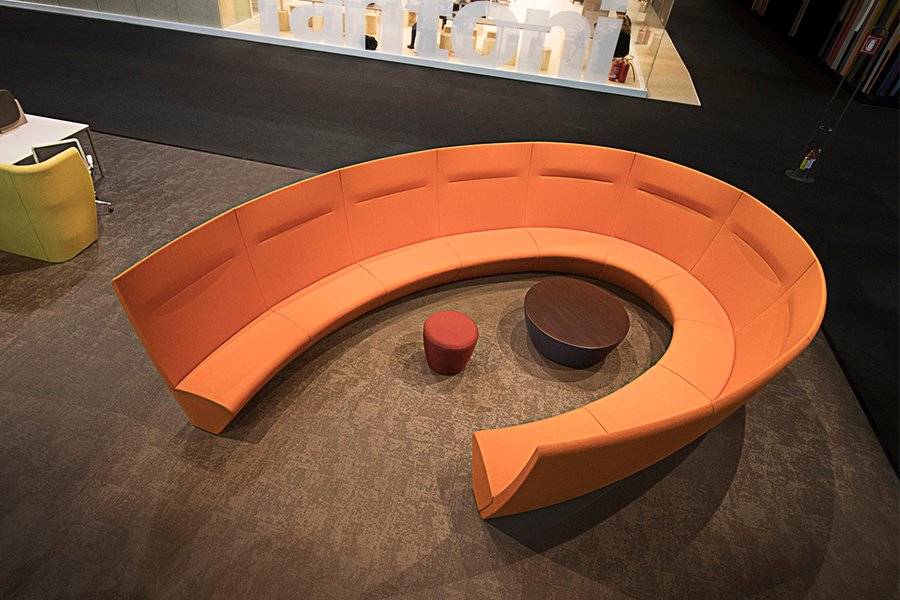
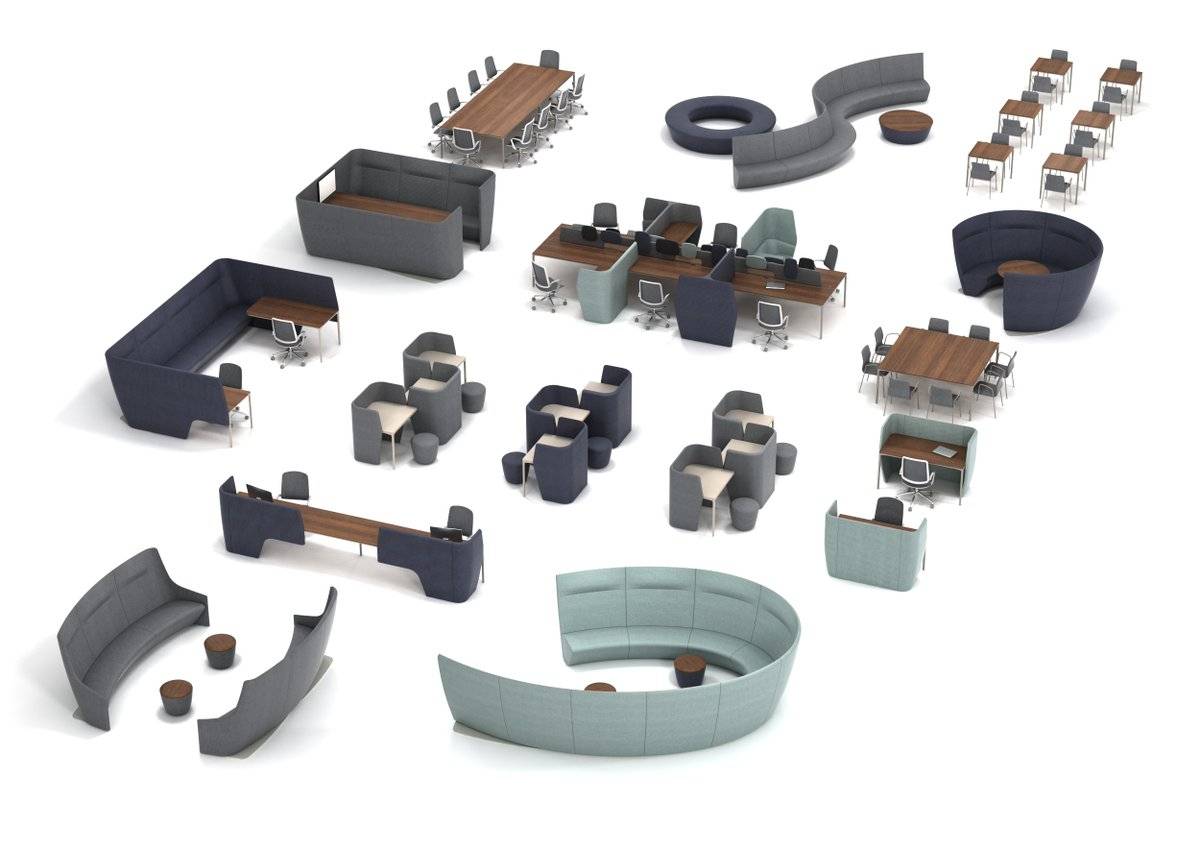
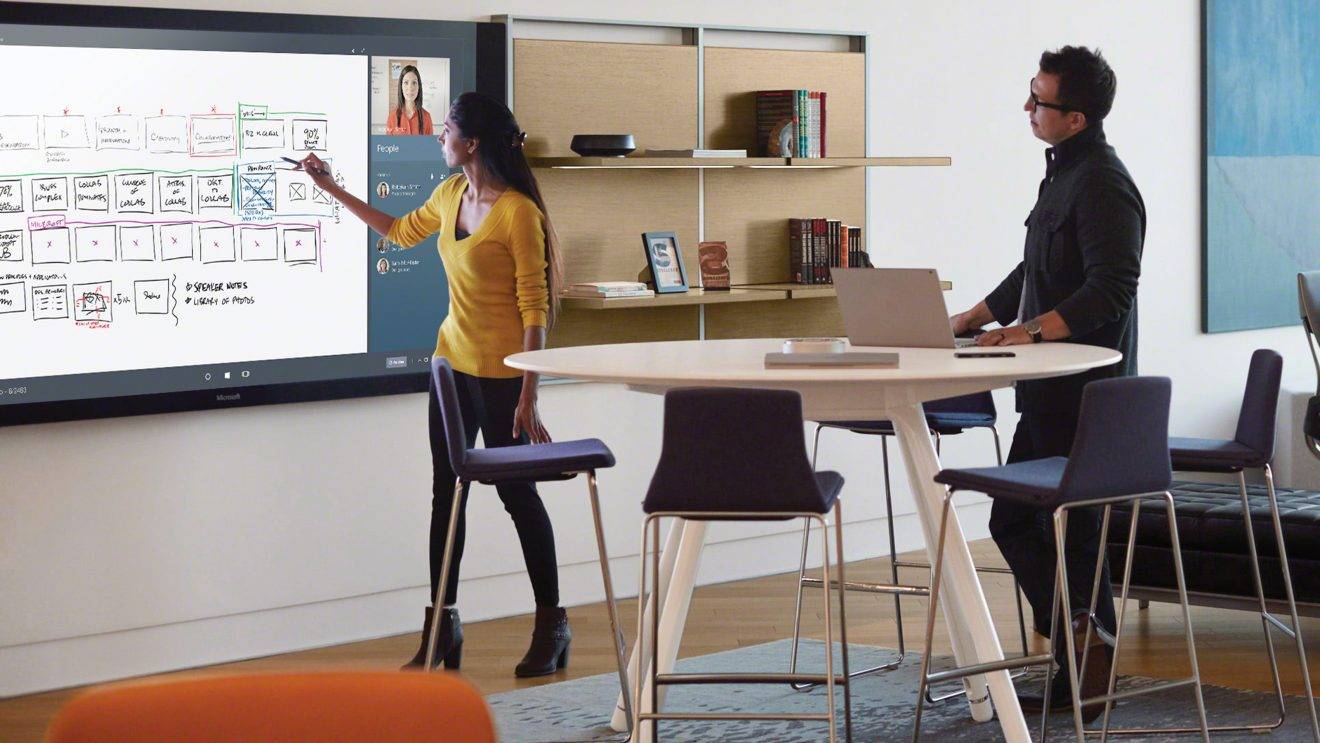
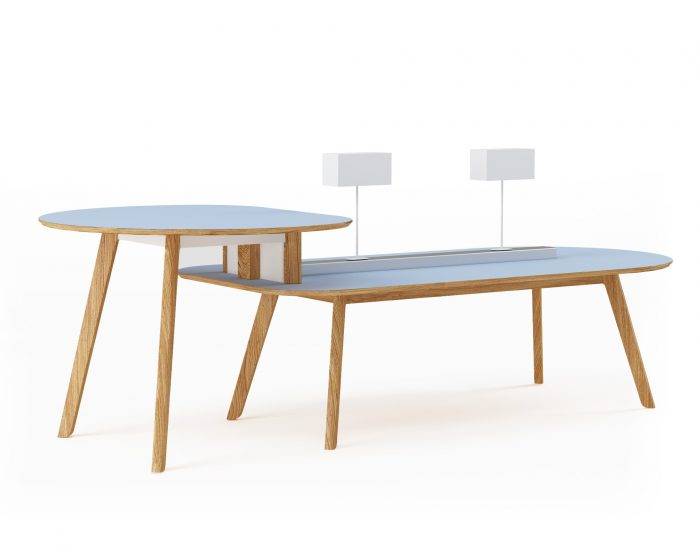
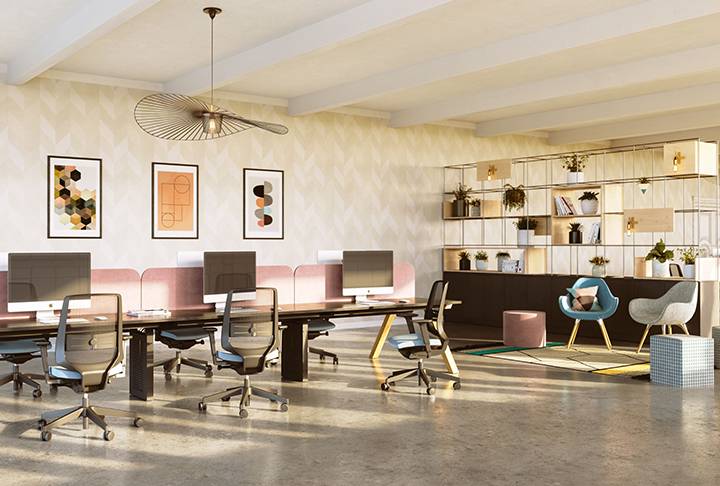
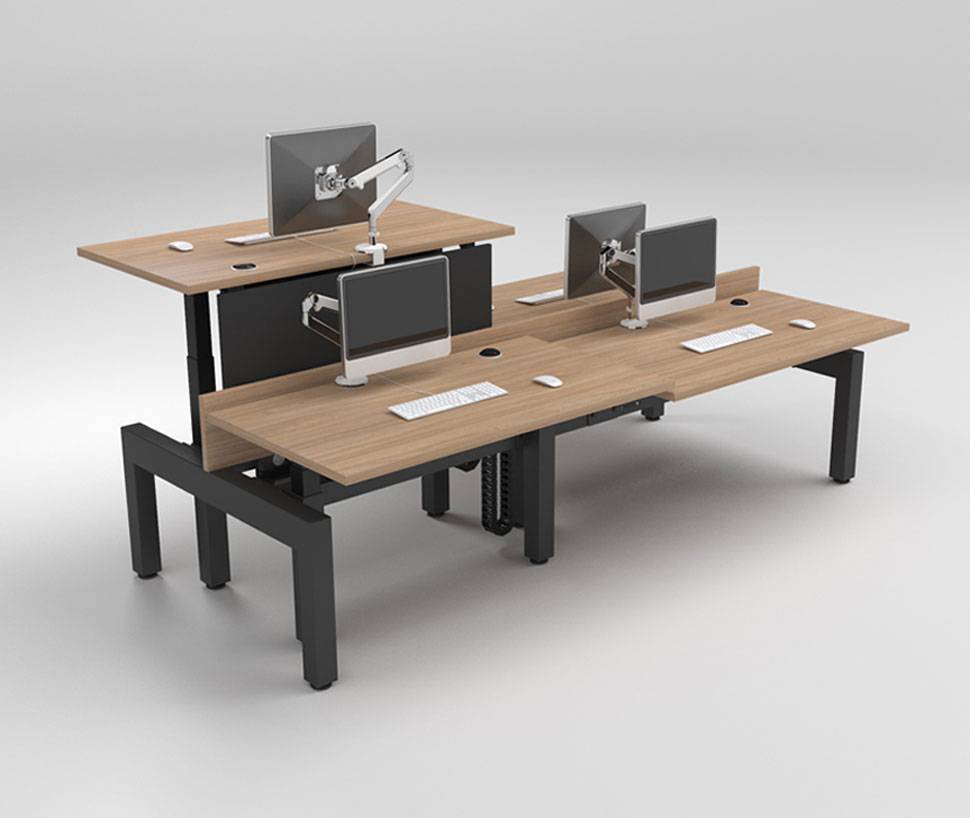



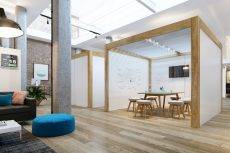
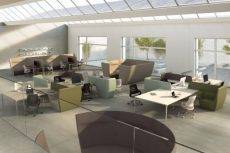
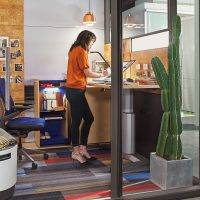
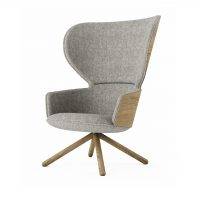
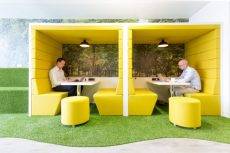






















June 14, 2017
Workplace wellbeing is now embedded in the very bricks and mortar of the building 0
by Sion Davies • Comment, Wellbeing, Workplace design
More →